The concept of smart grid technology is contributing to the rise in renewable energy as grid integration becomes a key component in making that happen.
August 29, 2019
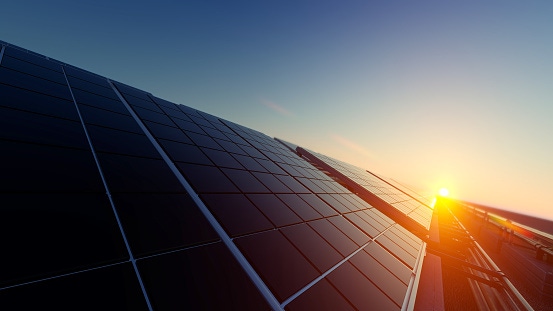
In April 2019, the amount of energy generated from renewable resources such as wind, solar and hydropower for the first time exceeded the total energy churned out by coal-powered electric plants, according to the Electric Power Monthly, published by the U.S. Energy Information Administration. It was a landmark event, although renewable’s superiority was expected to be short-lived once seasonal adjustments such as the increase in hydropower dip. Still, it’s hard to overlook the ascendancy of renewable electric power generation.
Renewable energy, whether produced by regional utilities or self-contained enterprises, is thriving, and IoT infrastructure and related technologies can claim a considerable amount of credit for its rise. IoT enables effective management of these volatile and often widely dispersed electricity-producing resources through smart grid technology.
“With IoT, utilities can collect data and better manage their grid by detecting and restoring service outages quickly, and even create the concept of a ‘self-healing’ grid,” wrote Warren Westrup, director of business development, utilities, for Sierra Wireless, in a recent blog post, Powering up the Energy IoT with LTE Wireless Connectivity.
IoT Facilitates Renewable Energy Management and Growth
The Internet of Things can be even more than merely a good management enabler, according to Olivier Amiot, director of marketing, energy for Sierra Wireless. In a blog post, How the IoT Can Speed the World’s Transition to a Clean Energy Economy, he noted that “digital technologies – in particular, the IoT – can help us address the climate change challenge by accelerating the transition to a more sustainable, renewable-energy-powered economy.”
IoT infrastructure’s role as an indispensable component of a renewable energy grid is true for both privately maintained microgrid environments and those supported by regional utilities. This fact is especially true for wind farms, which rely on complex mechanical gear that requires each node to support dozens of or more sensors. Those sensors not only measure the performance of various node-level components but also take stock of current climate and environmental conditions to provide ample context for data analysis.
In many ways, the ability to collect so much data so quickly is breaking new ground in energy management.
“You’ve got this story of this invisible, dangerous commodity that travels at the speed of light that we call electricity and for the last hundred-plus years most people could interact with it in only the most rudimentary ways,” noted Mark Feasel, vice president of smart grid for Schneider Electric. Feasel added that with the current array of sensing devices “we’re capable now of [deploying] some devices that can capture information on electricity 60,000 times a second.”
Still Some Missing Links
The amount of electricity produced privately by both large businesses and other institutions such as universities and medical centers presents new challenges for both of those camps. These distributed energy resources — or DERs — must interconnect to ensure that power is produced efficiently and delivered promptly. The onus is clearly on the utilities, which absorb excess energy from DERs and provide a backstop for these institutions when their resources are not cranking at full throttle.
There is a sense of urgency about finding effective integration between public and private renewable energy IoT grids. Some DERs currently link with local utilities, but the growth of IoT-based renewable installations threatens to outpace the utilities’ abilities to interact with those constituents. Particularly, there’s a lot of activity among colleges and universities. “Many of them run themselves as a small town or city. … They have their own cogeneration and electricity and heat generation on campus, so they’re ready-made to be campuswide or larger microgrids,” said Brett Murphy, senior director market development, industrial Internet of Things for the Industrial Internet Consortium.
There’s no shortage of available and proven technologies, but the trick is getting it all to work together.
“For the most part the technologies — the networks, the embedded compute nodes, the ability to move the data to where it needs to be moved where it can be acted on — those pieces and parts are all there, it’s really a big challenge in terms of system integration and the software application development,” said IIC’s Murphy.
With greater integration of campuses and utilities, operations get more involved. There are some new requirements and developments that may add complexity. “The biggest thing we’re seeing with renewables is something called Direct Transfer Trip,” said Sierra Wireless’ Warren Westrup. DTT requires a great deal of coordination between the two entities, particularly if one of them experiences a problem. “You have to eliminate both sources of power so that it doesn’t cause damage,” explained Westrup.
The lack of communications standards and common protocols continues to hamper interconnectivity efforts. Recently, the Smart Electric Power Alliance, a nonprofit group promoting carbon-free power generation, sponsored a Plug-and-Play DER Challenge. SEPA’s goal is to aid the industry in developing open standards to make interoperability among power generating microgrids easier and less expensive.
IoT Connectivity Developments
While the effort to define a workable lingua franca for IoT interconnectivity is in its initial stages, there are ample alternative technologies for knitting together IoT grids for renewable energy.
Traditional Ethernet over wires, fiber or Wi-Fi is still a popular grid connectivity choice, but can be pricey to implement and maintain. Other options such as WiMax provides sufficient bandwidth, but may not be supported in the future.
Increasing, the ubiquitous cell technology LTE has emerged as a viable alternative, checking off most of the requirement boxes such as coverage, security and cost. And two low-power wide-area (LPWA) LTE technologies are gaining interest as well: LTE-M and NB-IoT. Both promise improved coverage, lower power consumption and lower costs.
Yet another emerging technology — Citizens Broadband Radio Service — could improve IoT grid communications while lowering costs. CBRS is an LTE variation that operates in a low-spectrum band at 3.5 GHz.
“When you start looking at Wi-Fi versus CBRS, it takes about three to four access points of Wi-Fi to equate to the coverage of CBRS,” explained Sierra Wireless’ Westrup. Sierra Wireless has an FCC-approved CBRS module waiting in the wings for the initial commercial deployments of the technology.
Securing Renewable Energy IoT
As with any networked environment, security must be a key consideration for IoT-based renewable energy installations. Given the criticality of the services they deliver, any compromise to the integrity of IoT renewable energy grids could be disastrous, potentially causing power shortages and even blackouts across interconnected power grids.
A variety of traditional security techniques may be applied to help protect renewable energy grids, including time-tested technologies such as VPNs. Encryption may also be employed, but given the volume of data and the velocity at which it transverses the IoT grids, some familiar implementations of encryption — particularly software-based encryption — just can’t keep up. A more viable alternative may be hardware-based encryption.
“A lot of these systems are just not encrypting at all, so just moving to basic encryption is a step,” said IIC’s Murphy. He cites Intel and AMD as two chip-level manufacturers that are building encryption into their IoT devices, noting that “the encryption algorithms can be done in hardware.”
It may also be beneficial to parse the data on the grid to determine which types of data need particular security measures rather than employing a one-size-fits-all security scheme. While this approach can reduce the overhead of activities such as encryption, it can also add a measure of complexity. In fact, authentication — ensuring that the data comes from a trusted source and is unalterable — may be all that’s required.
“It’s important to stratify the data,” said Schneider Electric’s Feasel. “What data do you need to answer a question in the time horizon that you have to answer it and what’s the most appropriate place to do that.” He points out that certain events affecting the devices on the grid need immediate action, but others may not need such urgent remediation.
About the Author(s)
You May Also Like

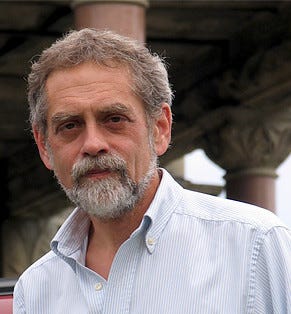
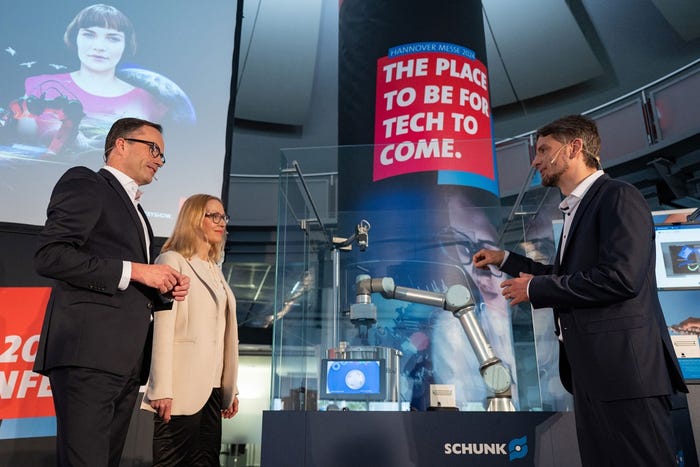
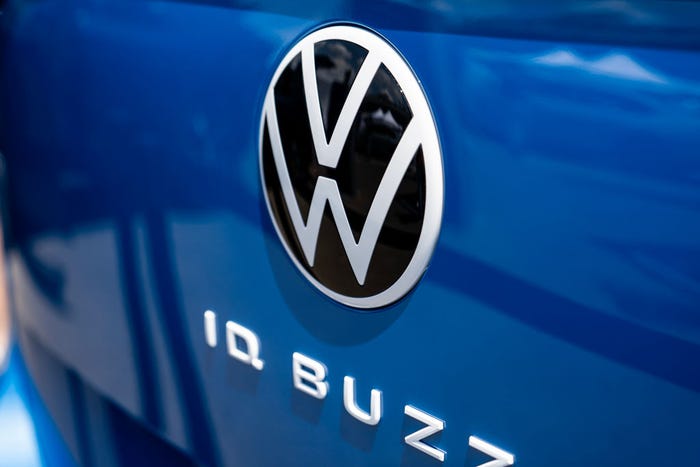
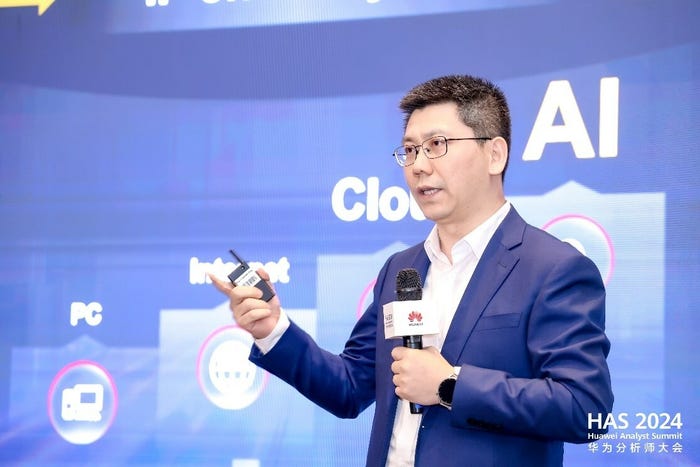
.png?width=300&auto=webp&quality=80&disable=upscale)


.png?width=300&auto=webp&quality=80&disable=upscale)